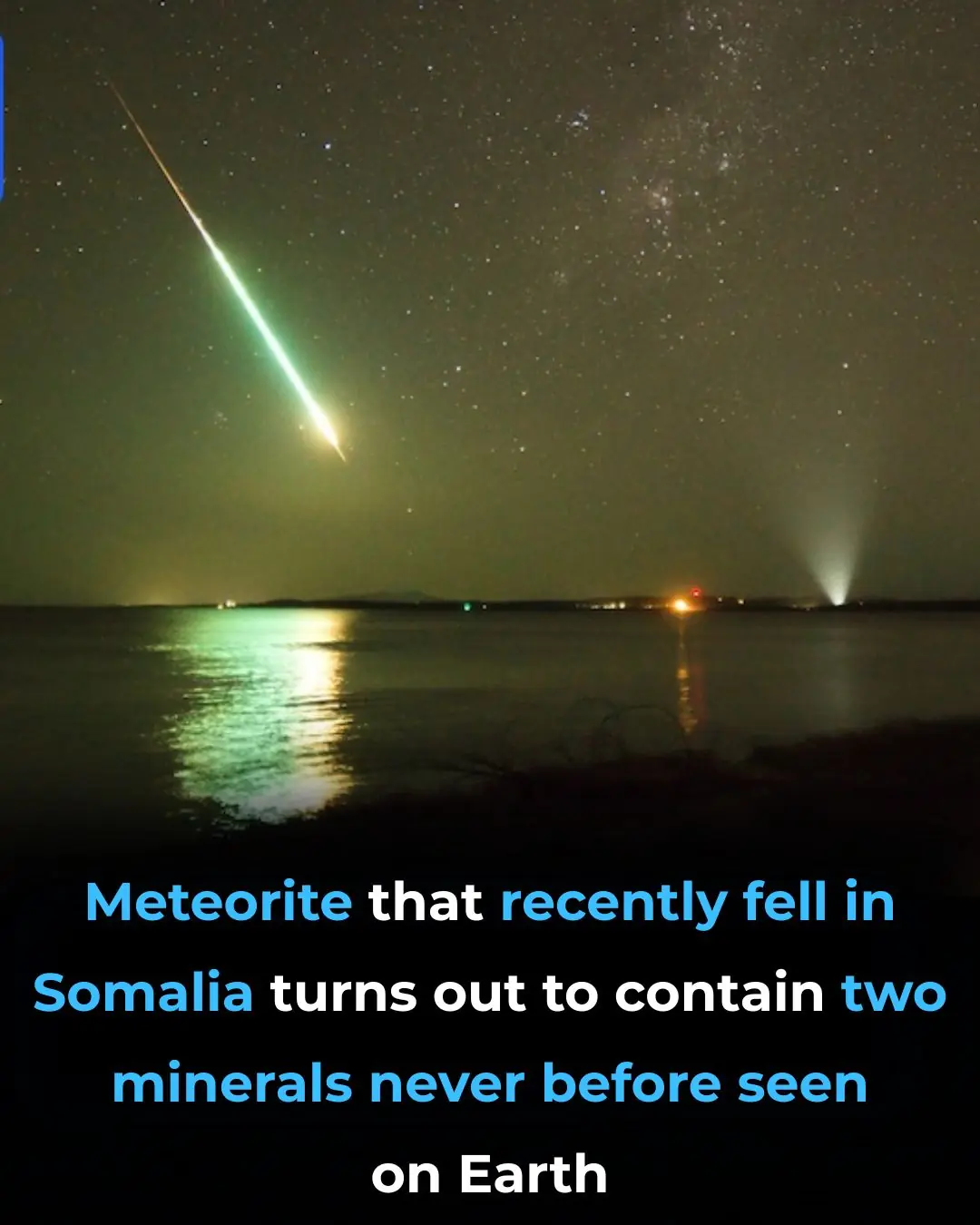
What Millions of Years Look Like in One Photo (Well, Not Exactly)
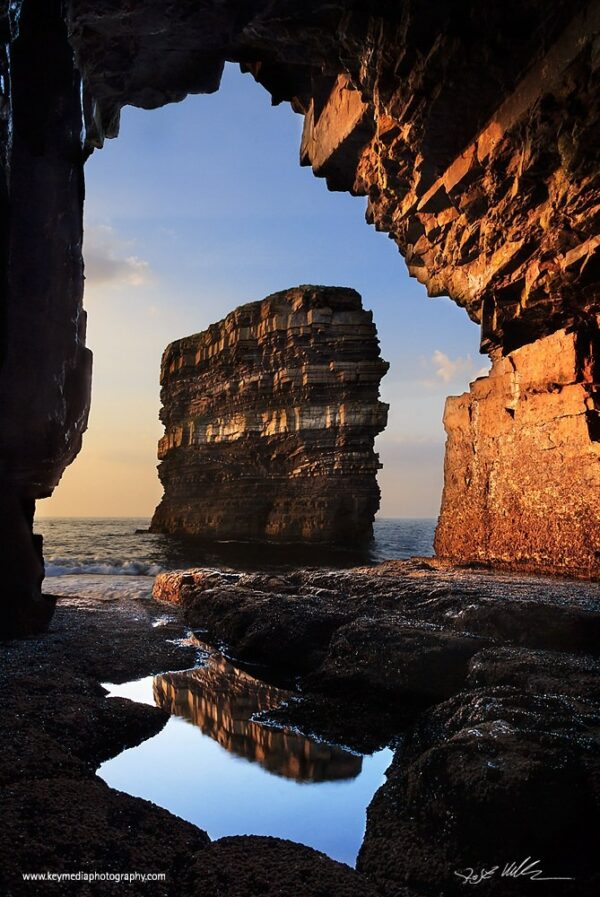
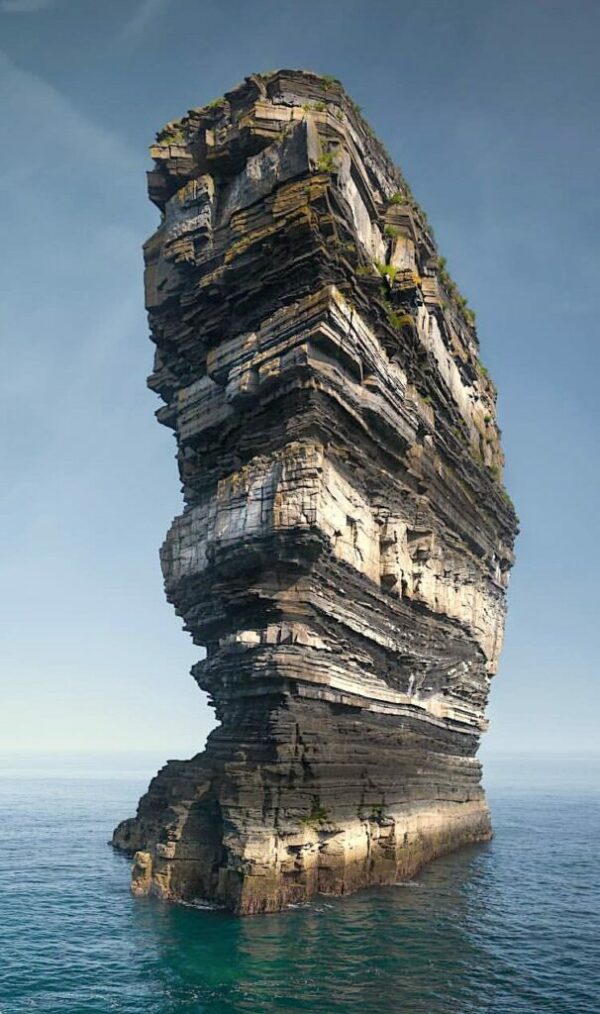
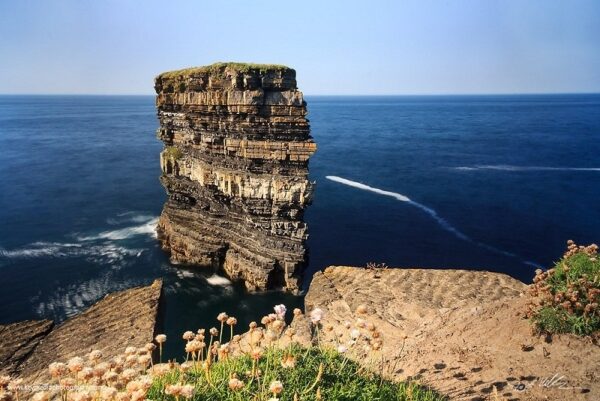
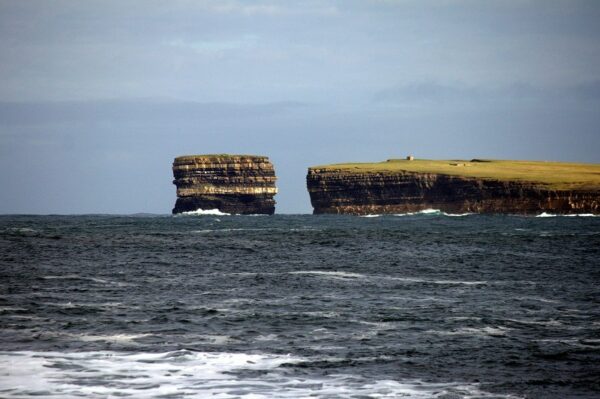
In the rugged and windswept landscapes of County Mayo, Ireland, the awe-inspiring sea stack known as Dún Briste rises defiantly from the crashing waves of the Atlantic Ocean. Towering nearly 50 meters (164 feet) above sea level, this dramatic geological formation has long captured the imagination of visitors and locals alike. Recently, it gained global attention when a stunning photograph of the stack went viral on Reddit, earning over 57,000 upvotes with the caption: “What millions of years look like in one photo.” Yet, as breathtaking as the image is, the true story behind Dún Briste’s formation reveals an even more captivating tale—one that corrects misconceptions and invites deeper reflection on Earth’s dynamic history.
Challenging Geological Myths
One of the most widespread misunderstandings about Dún Briste lies in the timeline of its formation. While the photo suggests a process spanning millions of years, Dr. Maria McNamara, a paleobiologist at University College Cork, offers a more accurate perspective. According to her, the sea stack likely separated from the mainland over tens to hundreds of thousands of years, not millions. This correction doesn’t detract from the wonder of the formation—it enhances it, emphasizing how relatively rapid and violent natural forces can shape the Earth's surface in striking ways.
Beneath this separation event, however, lies a much older story. The bedrock that composes Dún Briste dates back to the Carboniferous period, approximately 359 to 299 million years ago. During this time, much of present-day Ireland was submerged under a warm, shallow sea, creating ideal conditions for the deposition of layers upon layers of sedimentary rock, including limestone, shale, and sandstone.
A Geological Tapestry of Ancient Life
The distinct horizontal strata of Dún Briste serve as a kind of natural archive, offering glimpses into the environments of prehistoric Earth. Many geologists believe that these layers may contain fossils of ancient marine organisms, such as corals, crinoids, brachiopods, and other invertebrates that once thrived in Carboniferous seas. If discovered, such fossils would not only enrich our understanding of Ireland’s paleontological record but also underscore the global significance of sites like Dún Briste for scientific study.
Moreover, the contrasting colors and textures in the stack’s rock layers are a visual indicator of changing environmental conditions over vast timescales—ranging from calm, tropical waters to periods of sediment influx from rivers and storms.
From Natural Wonder to Historical Mystery
While the geology of Dún Briste is captivating in its own right, its human history adds a fascinating new dimension. The name “Dún Briste” literally means “broken fort” in Irish, a reference to the legend of how the sea stack became isolated from the mainland. Historical records and local lore suggest that a massive storm in 1393 may have collapsed a natural arch that once connected the sea stack to the cliffs at Downpatrick Head, leaving it marooned in the Atlantic.
But Dún Briste's separation from the mainland didn’t end its human story. During a 1990 expedition—undertaken by helicopter—a team of researchers discovered intriguing signs of medieval human occupation at the top of the stack, including a small stone dwelling and a quern stone used for grinding grain. These findings suggest that people once lived or sought refuge atop this isolated tower of rock, raising questions about how they got there, how they survived, and why they left.
In 2016, Iain Miller, a professional climber and adventurer, undertook a daring climb to become the first person in over 25 years to stand atop Dún Briste. His feat reignited interest in the stack’s remarkable geology and enigmatic past, reminding the world that some places continue to inspire both curiosity and courage.
A Portal into the Earth’s Past
Today, Dún Briste stands as more than just a striking feature of Ireland’s western coast—it is a natural monument to Earth’s transformative power. Photographers, scientists, and travelers are drawn to its raw beauty and silent grandeur, but the stack also serves as a vivid lesson in the impermanence of landscapes. Its sheer cliffs, marked by sedimentary layers formed in ancient oceans, reveal the Earth’s long and often turbulent journey through deep time.
Whether seen from the cliffs above or from the sea below, Dún Briste compels viewers to consider the complex interplay between geological time, climate, and human history. It is a place where science meets story, and where the land speaks—if only we stop to listen.
An Invitation to Wonder
For those planning a trip to Ireland’s Wild Atlantic Way, a visit to Downpatrick Head offers an unforgettable encounter with Dún Briste. From the safety of the mainland cliffs, visitors can gaze across at the lone stack, battered by waves and wind yet standing resilient.
But even for those admiring it from afar—through a screen or a photograph—Dún Briste provides more than just a visual feast. It invites each of us to reflect on the vastness of time, the shifting nature of the Earth, and the powerful, unseen forces that shape the world beneath our feet.
News in the same category


A Touch of Viking Brilliance: Moss-Carpeted Homes in Norway
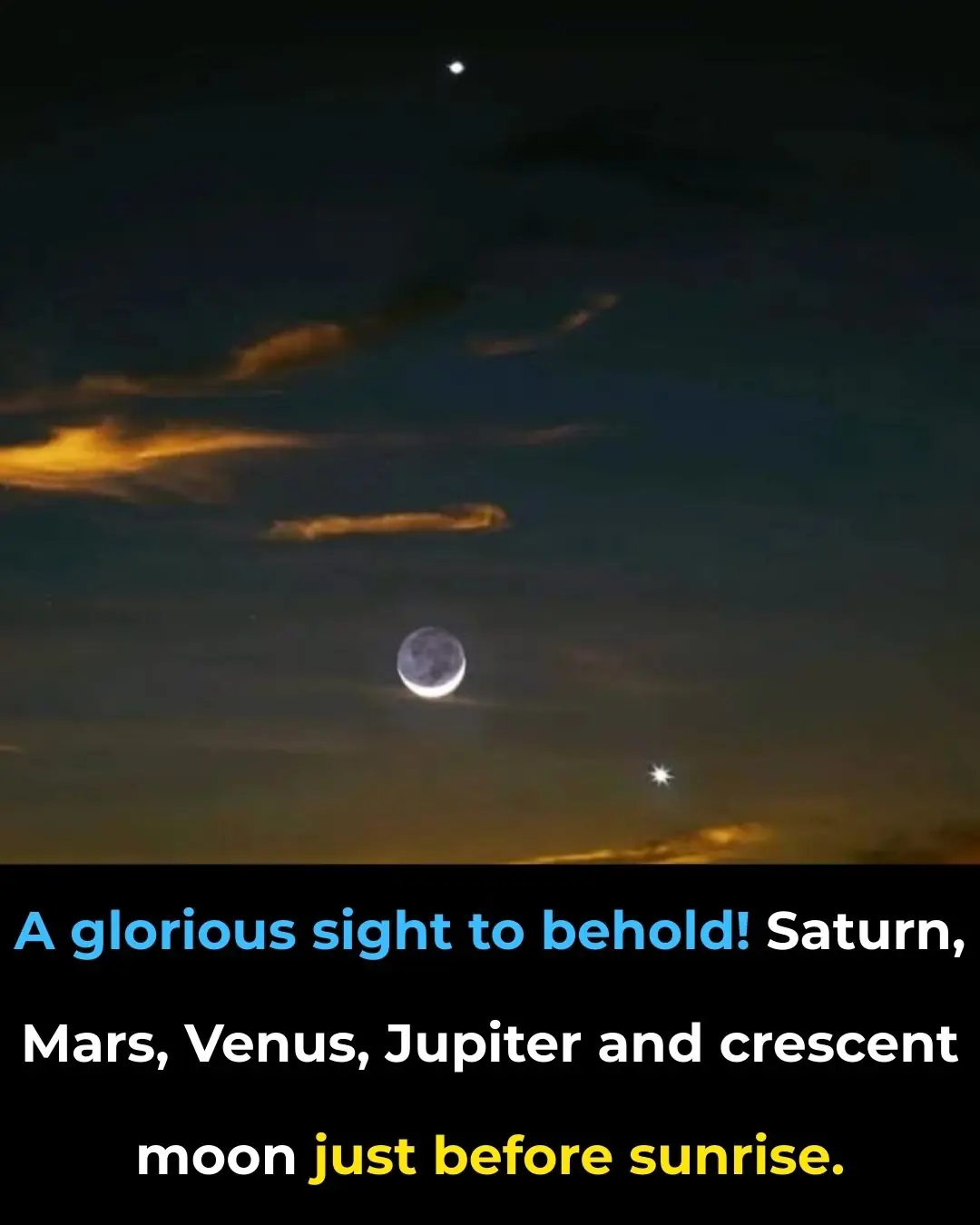
NASA Has Just Released 2,540 Gorgeous New Photos of Mars

Friendship Between Wolf And Bear Documented By A Photographer
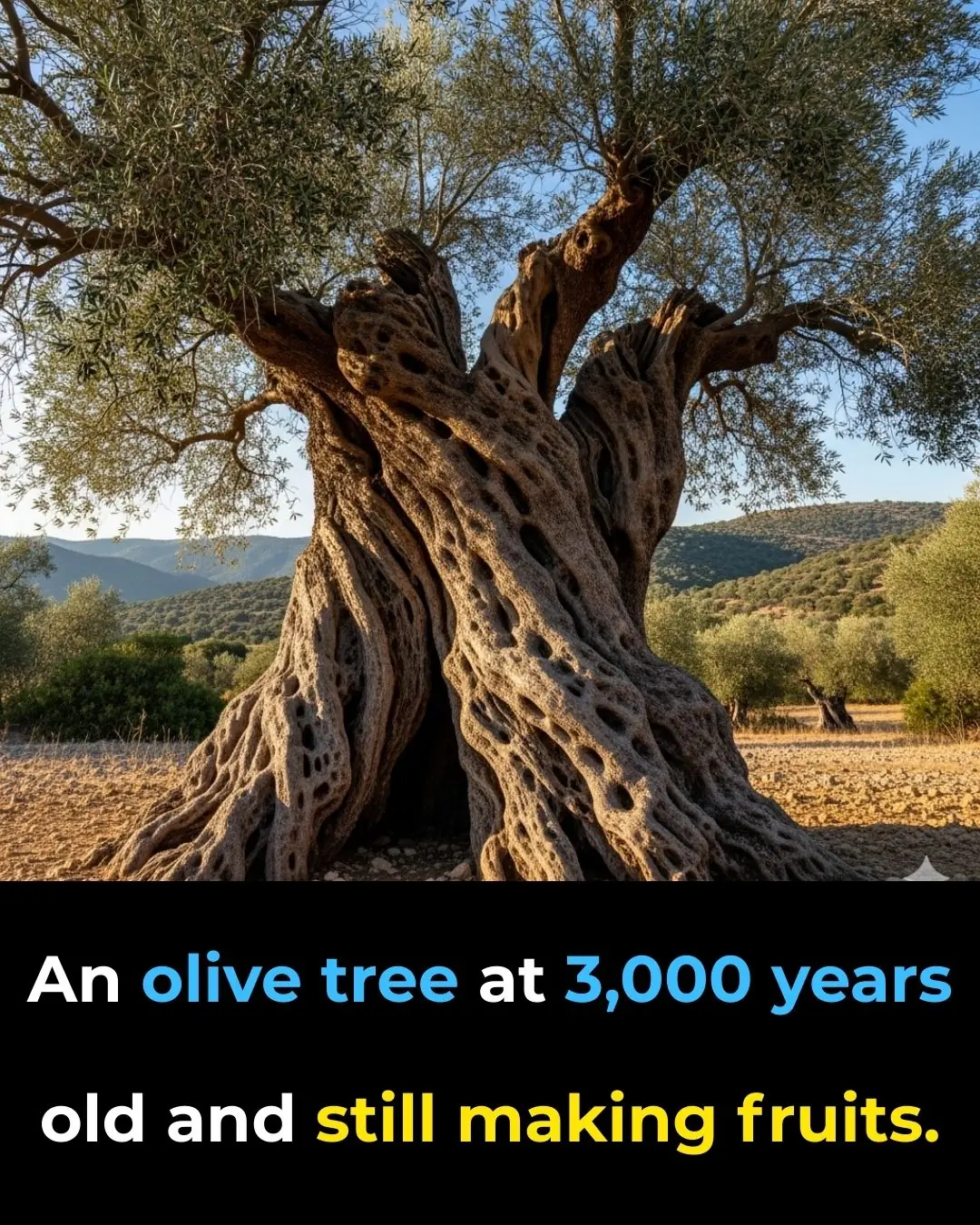
3,000-Year-Old World’s Oldest Olive Tree on the Island of Crete Still Produces Olives Today

Security feature you should make sure is always enabled on your Android smartphone

Guy Mocked for Dating 252-lb Woman
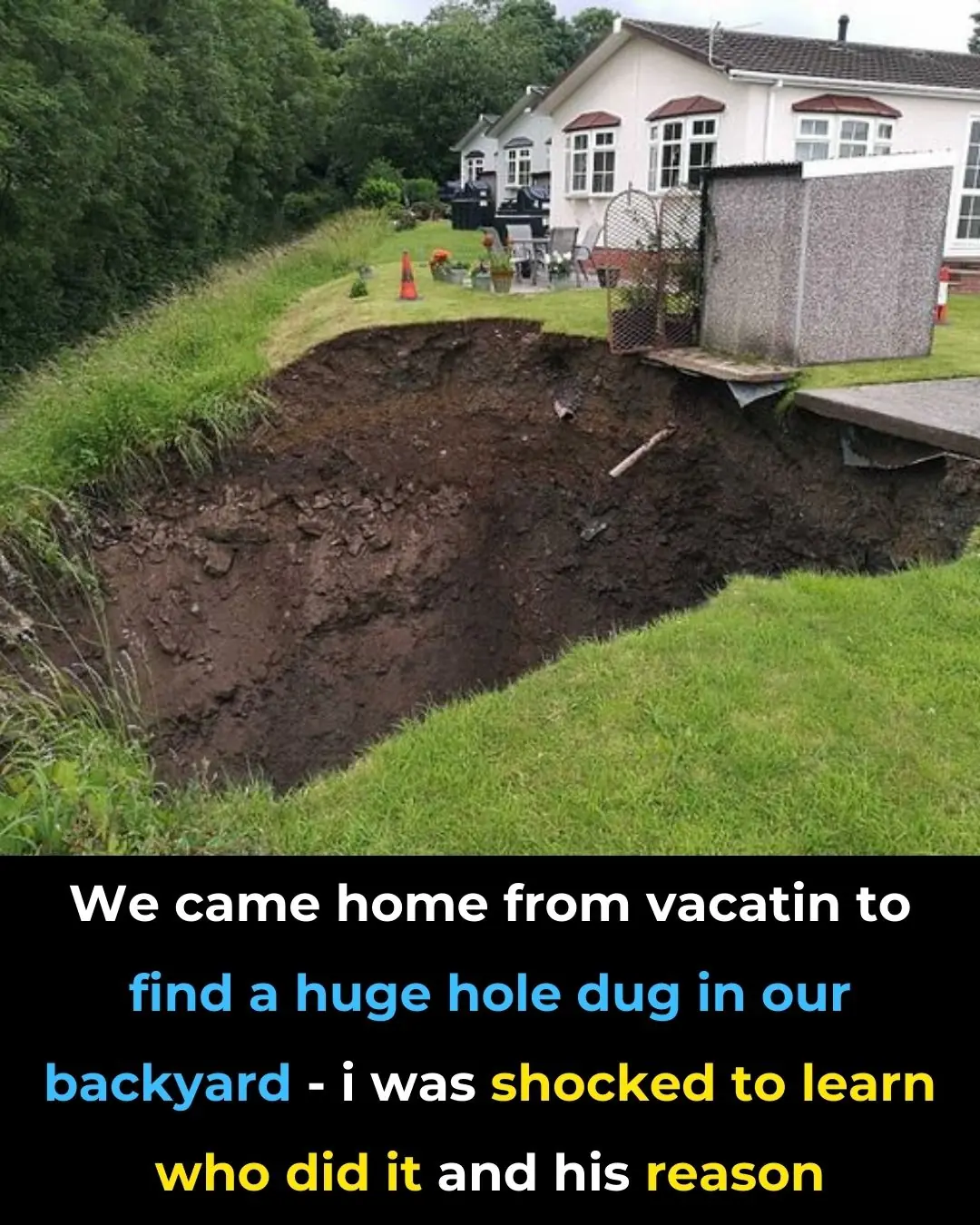
Homeowner Resumes Backyard Treasure Hunt

7 Household Appliances That Drain More Power Than Your Air Conditioner—And Why I Regret Owning Them All
From constant-use devices like refrigerators to high-powered kitchen tools, every household has hidden electricity traps.

Another US doctors’ group breaks with federal policy, recommends COVID-19 vaccines for all adults

Think Bottled Water Is Safer Think Again

5 Early Warning Signs of Cervical Cancer That 90% of Women Overlook
Cervical cancer is not a silent killer—it sends out warnings. The challenge is whether women notice and act on them in time.

8 Shocking Toilet Clues That Could Signal Cancer: Don’t Ignore These Early Warnings
Many people dismiss subtle changes in bathroom habits as minor or temporary issues. However, certain unusual signs when you go to the toilet could be early red flags of serious health problems. Recognizing them in time can make the difference between earl
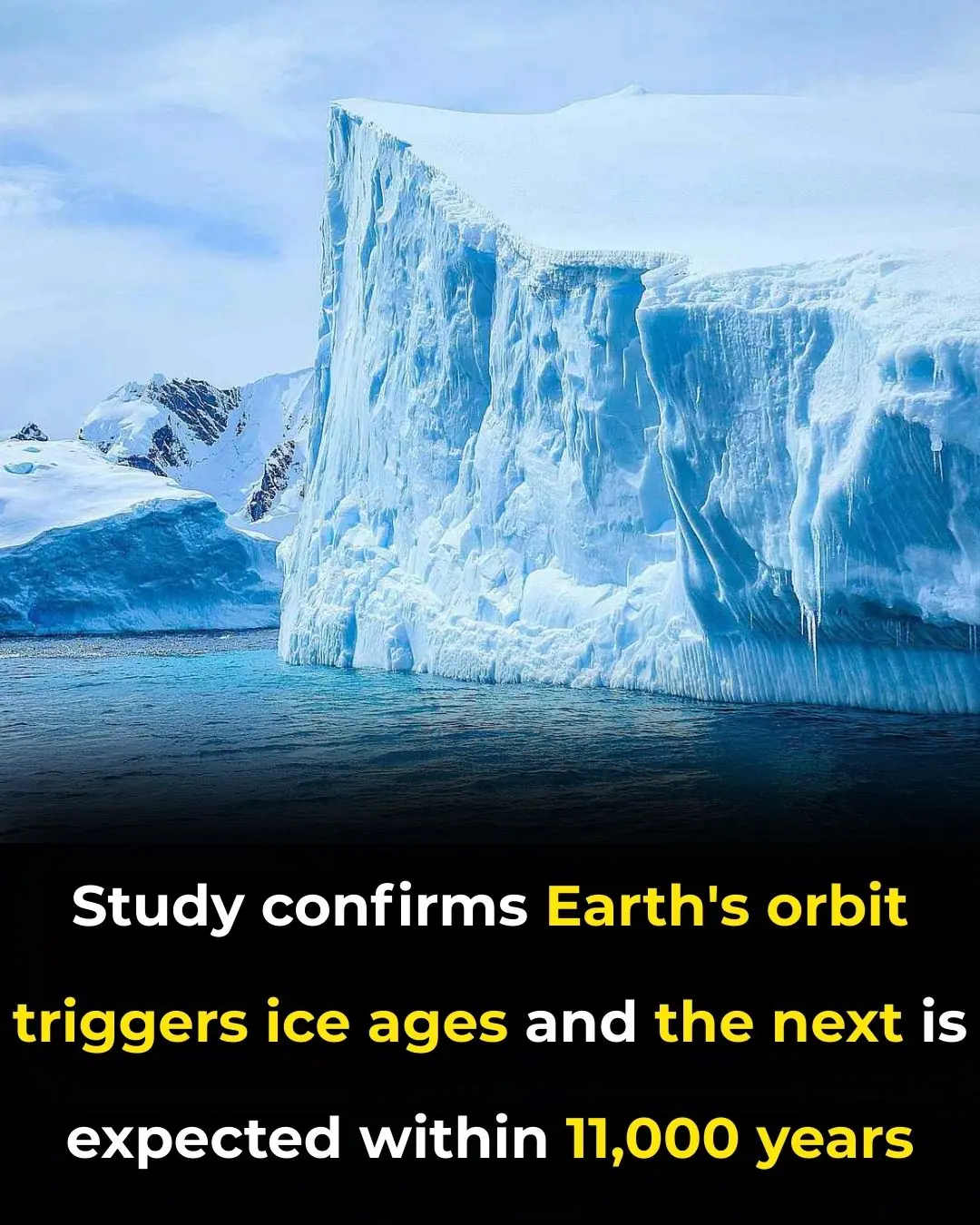
Study Reveals How Earth’s Orbit Triggers Ice Ages, And There’s One in The Next 11,000 Years

This 3,200-Year-Old Tree Is So Big, It’s Never Been Captured In A Single Photograph…

Travel Coast-to-Coast by Train and See America’s Greatest Sites For Just Over $200
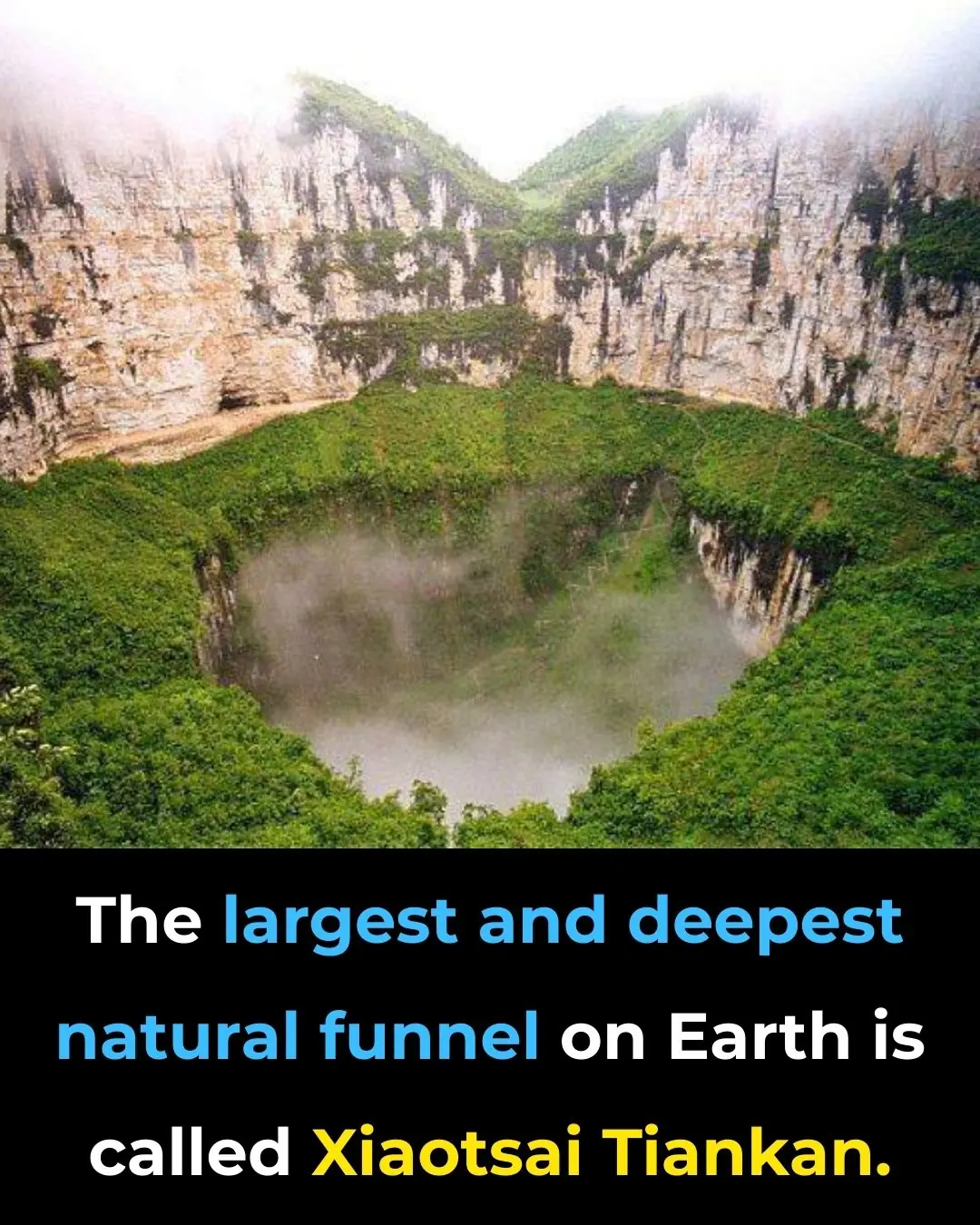
Descend Into the Heavenly Pit: Exploring Xiaozhai Tiankeng, the World’s Deepest Sinkhole

The Walking Trees of Ecuador: They Reportedly Move Up to 20 Meters Per Year
News Post

Mixing Beer with Sugar or Laundry Detergent: A Brilliant Solution for a Common Household Problem You Didn’t Know About

Is Keeping Doors Closed While Using Air Conditioning Really Correct?

Toothpaste and Vaseline: The Viral Skincare Hack

100% Natural Home Remedy for Tooth Decay, Yellow Teeth, and Tooth Pain

Press These Points for Wherever You Have Pain – Every Body Part is Linked to Your Palm and Foot

10 Cancer Causing Products to Remove From Your Home: Scented Candles, Air Fresheners and More

Don’t Throw Away Damaged Tomatoes

Meteorite That Recently Fell in Somalia Turns Out to Contain Two Minerals Never Before Seen on Earth

A Touch of Viking Brilliance: Moss-Carpeted Homes in Norway

Chris Pratt breaks silence after fans called for him to be 'fired' following Charlie Kirk comments

Chris Martin 'booed' by fans as he makes statement on Charlie Kirk on stage at Coldplay concert

NASA Has Just Released 2,540 Gorgeous New Photos of Mars

Friendship Between Wolf And Bear Documented By A Photographer

3,000-Year-Old World’s Oldest Olive Tree on the Island of Crete Still Produces Olives Today

Texas Doctor Reveals A “Miracle Mineral” That Soothes Nerve Pain

Struggling to sleep? This simple eye trick can knock you out in minutes

7 essential vitamins every diabetic needs for nerve health

If the freezer in your fridge is covered with ice, do this right away to avoid a surge in your electricity bill.
